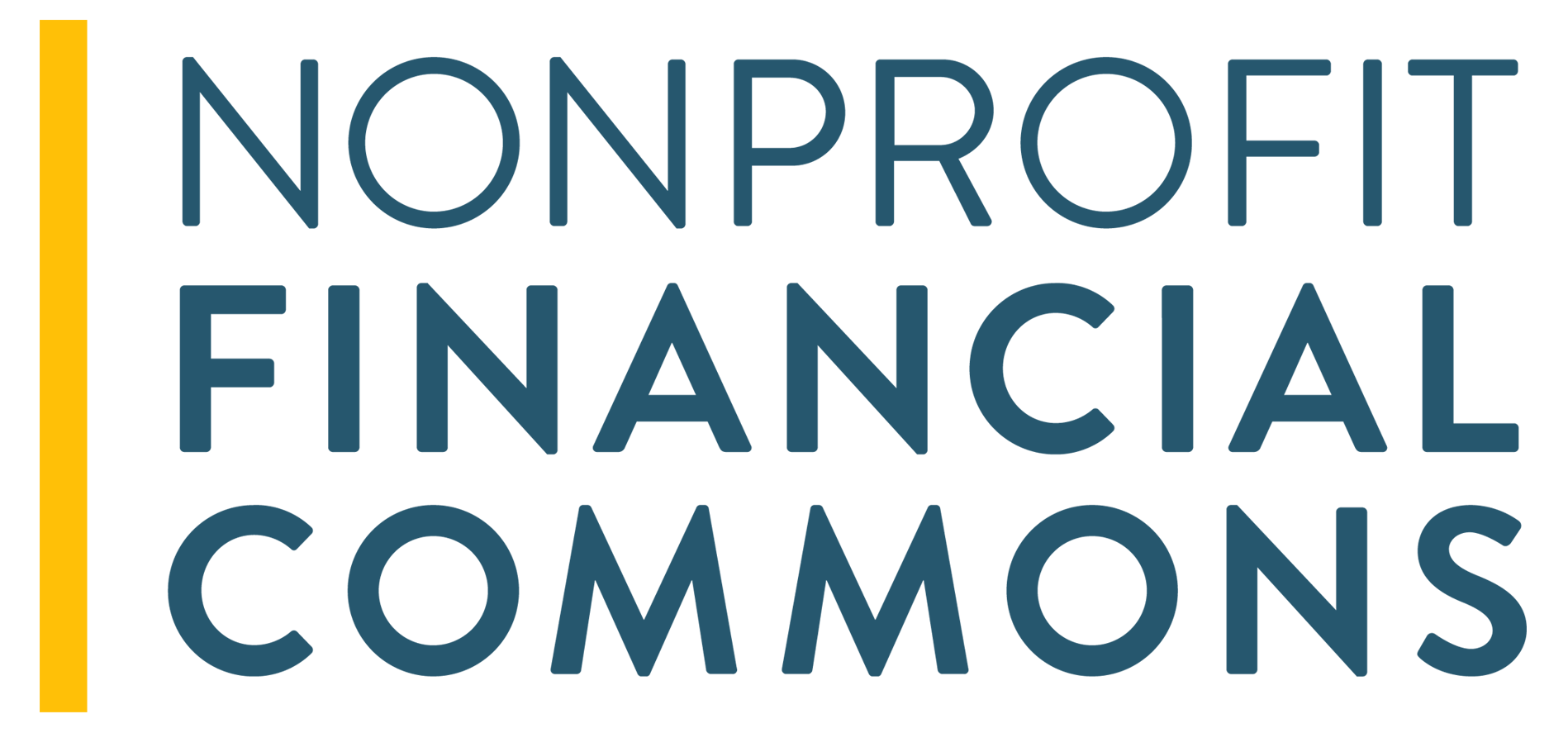
Sage
Forum Replies Created
-
Sage
MemberNovember 5, 2024 at 12:00 pm in reply to: Comparative Benchmarks and Performance Measures ???I would encourage you to get involved directly with a variety of nonprofits either as a staff member or volunteer. This real-world experience will help give important context to your research. Knowing the work firsthand is the best way to ensure that your recommendations are relevant and helpful. I know this doesn’t help you in the moment while you’re still in school, but it’s some encouragement for the future if you’d like to continue developing tools that might be helpful to the social sector.
-
Sage
MemberMay 16, 2024 at 12:15 pm in reply to: Recommendations for nonprofit social enterprise accounting servicesI co-founded a nonprofit that provides these kinds of services for other mission driven orgs. (https://www.structural-integrity.org/) If we can be helpful or you just want to talk it through, don’t hesitate to reach out! We also know some other folks working in the space that we can suggest if their expertise might be a better fit. Id’ say that traditional bookkeepers/accountants aren’t so focused on this systems setup piece, but they can be critical in helping maintain the system once established.
-
Sage
MemberFebruary 5, 2024 at 10:06 am in reply to: CRMs and Donor Platforms – What are your experiences?My best experience with CRMs is actually to use something that *isn’t* specifically tailored for fundraising. By siloing “fundraising” data in one system, it’s hard to see connections across teams and use the system to track information that is relevant to development, finance, operations, and program. I have had the best success with using Salesforce (which is affordable even for small orgs, which can often obtain some free licenses), and using that for data management not just for donors but also for programmatic data & evaluation, revenue forecasting, and ops uses like contract tracking and inventory management. Especially as your org grows, this leads to less siloed information and the ability to track in one place contacts to have multiple relationships with the org (for example, maybe a donor is also a program partner).
-
Personally, in managing finance and HR I found semi-monthly easiest to administer, because it’s easier to split things like monthly benefits premiums, cleaner when crossing calendar and fiscal years, and cleaner mapping to grant spend downs that track on a monthly basis. Also I think staff find it easier to know that their paycheck comes on
specific dates each month, rather than every other Friday (because most
bills are due on specific fixed dates). But, some states actually don’t allow you to pay hourly workers semi-monthly, so it’s worth checking the laws in your state. Paying on a lag isn’t a huge change and does leave more room for approving timesheets, but keep in mind that you will need to account for the accrual each month of wages earned but not yet paid.Whatever you do, make sure to communicate clearly and far in advance with staff and help them understand how their paycheck will change. (Obviously the amount of each paycheck will change if you switch to bi-weekly, but also if you switch to paying on a lag, you’ll need to truncate a pay period so that you can keep pay dates, or you need to shift pay dates and people’s first paycheck will be delayed.) Cash flow is obviously very important and personal to people, and a lot of finance/HR folks seem to underestimate this when making a payroll change.
